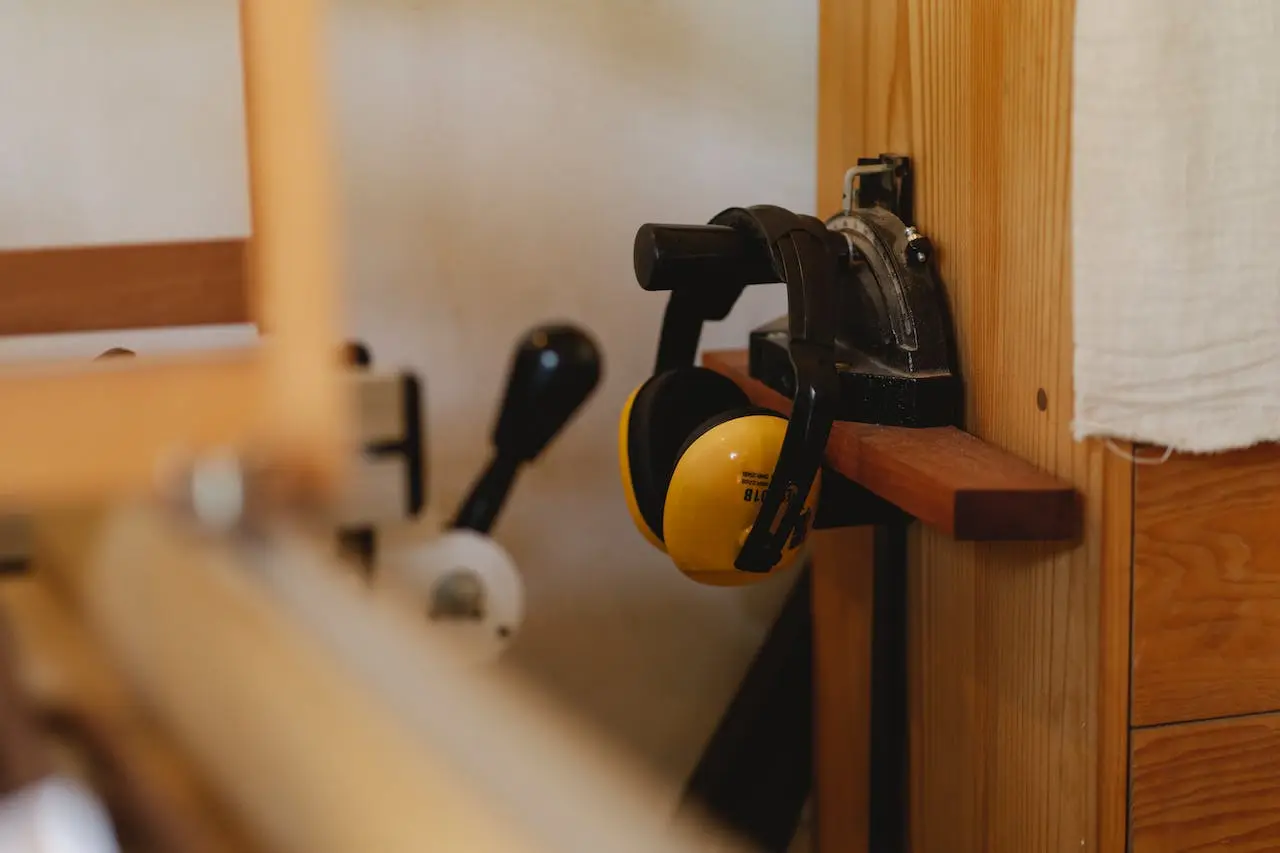Noise in the workplace is not only a sound-backdrop to daily duties, but also a factor that can have far-reaching consequences for our well-being and productivity. How much are you able to endure at work without losing your concentration and, most importantly, your health? We check the regulations and look at the procedures. You'll find the necessary details below.
What is noise?
Noise, although often treated as an everyday element of the environment, is in fact a complex phenomenon whose impact on human life cannot be overestimated. Defined as unwanted or harmful sound, noise is a form of acoustic pollution, the sources of which can range from the din of the street, to the operation of industrial machinery, to loud conversations in the workplace.
We distinguish between constant noise (continuous, long-lasting, with a constant sound level; produced by vehicles and machinery), and intermittent noise (impulsive, consisting of short but intense sounds, with periods of silence; produced by riveting, explosions or pile-driving). Each can affect the body differently, producing both short- and long-term effects.
How are noise levels measured at the workplace?
Noise levels are mainly measured using a sonometer (called a decibel meter), a device that measures sound pressure in decibels (dB). Sonometers are crucial in assessing whether sound levels in the workplace are safe.
An initial test can be done on its own, using a digital meter or mobile app. However, such a result will not be factual, but indicative. According to the regulations, noise measurement is carried out by the following entities - the National Institute of Health, regional health institutes, accredited (by the Polish Center for Accreditation) private companies.
Important: the employer is obliged to inform his subordinates about the results of the noise measurement and the risk to their health. It is also necessary to mark noise-prone zones at the workplace.
Permissible noise level - how much is the NDN?
Dealing with the hash in the working environment, you can often encounter the abbreviation NDN. What is hidden under it? Well, NDN is the Norms of Daily Sound Intensity (NDN). They define the maximum permissible noise level in the workplace at which employees can safely work for a specified period of time, usually over the course of an entire working day. NDN values can vary from country to country and specific local regulations, but there are several generally accepted levels.
Typically, the acceptable workplace noise level is about 85 decibels (dB) for an 8-hour work shift. This is considered the upper limit at which prolonged exposure can lead to hearing damage.
However, it is worth remembering that this standard is a minimum safety and health requirement, and many workplaces strive to maintain noise levels much lower to provide greater comfort and protection for workers.
How many decibels are harmful?
The level of noise considered harmful depends on the duration of exposure and individual sensitivity, but it is generally accepted that long-term exposure to noise in excess of 85 decibels (dB) can lead to hearing damage.
This value is considered the limit in most occupational safety standards. However, it should be remembered that every 3 dB increase in sound intensity theoretically means a doubling of the volume and reduces the safe exposure time by half. Therefore, at just 88 dB, the time you can safely be in such an environment is reduced to 4 hours.
This is especially important in industry, where noise levels can quickly exceed these values. It should also be noted that noise of lower intensity, but sustained over a longer period of time, can also be harmful, especially if it is not interrupted by periods of silence.
Effects of noise
Noise in the workplace can cause a number of negative effects. Some of these include, for example, hearing damage (leading to partial or total loss of hearing in extreme cases), increased blood pressure, and even cardiovascular problems or visual disturbances. What's more, noise not only affects physical health, but also mental well-being, increasing stress and fatigue levels, as well as decreasing focus and efficiency in one's duties. Prolonged exposure to noise can also increase the risk of accidents and the overall deterioration of the workplace atmosphere.
Hearing protection measures - how to choose them?
The regulations also regulate further obligations of the employer. Namely, the point is that in a situation where the noise level in the plant exceeds 80 dB, it is necessary to provide employees with hearing protection. In turn, it is up to them to decide whether or not they will wear hearing protectors.
Among the choices are ear muffs, ideal for those working in noisy environments. They use special technology to muffle outside sounds, and are also lightweight and durable. They not only make work safer, but also more comfortable. In addition, the electronic earmuffs have a built-in radio, which allows you to communicate in any conditions.
That's not all, as you can also opt for earplugs. These are special reusable earplugs designed to reduce the intensity of noise reaching the ear canal. They come in many sizes and shapes, so everyone can fit them to their needs. They are often sold in a set with a container for safe and hygienic storage of earplugs.
At how many decibels can sound cause hearing damage?
Hearing damage can occur when noise levels exceed 85 dB with prolonged exposure (usually for 8 hours or more). This is considered the upper safe limit for a work environment.
Immediate hearing damage can also result from even short-term exposure to noise above 120 dB (equivalent to the volume of an alarm siren or rock concert), and even more so from sounds exceeding 140 dB (from the firing of a firearm, explosion or jet aircraft).
Always use appropriate hearing protection in situations where noise levels are high!






